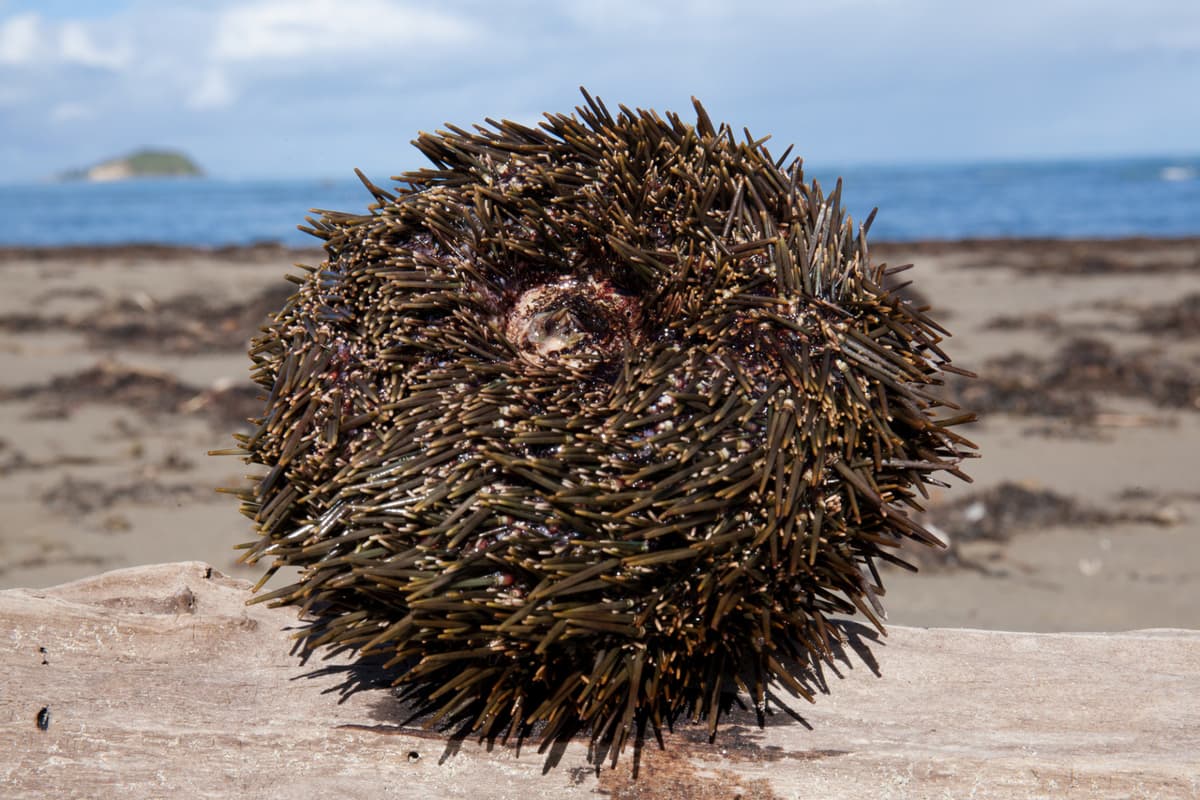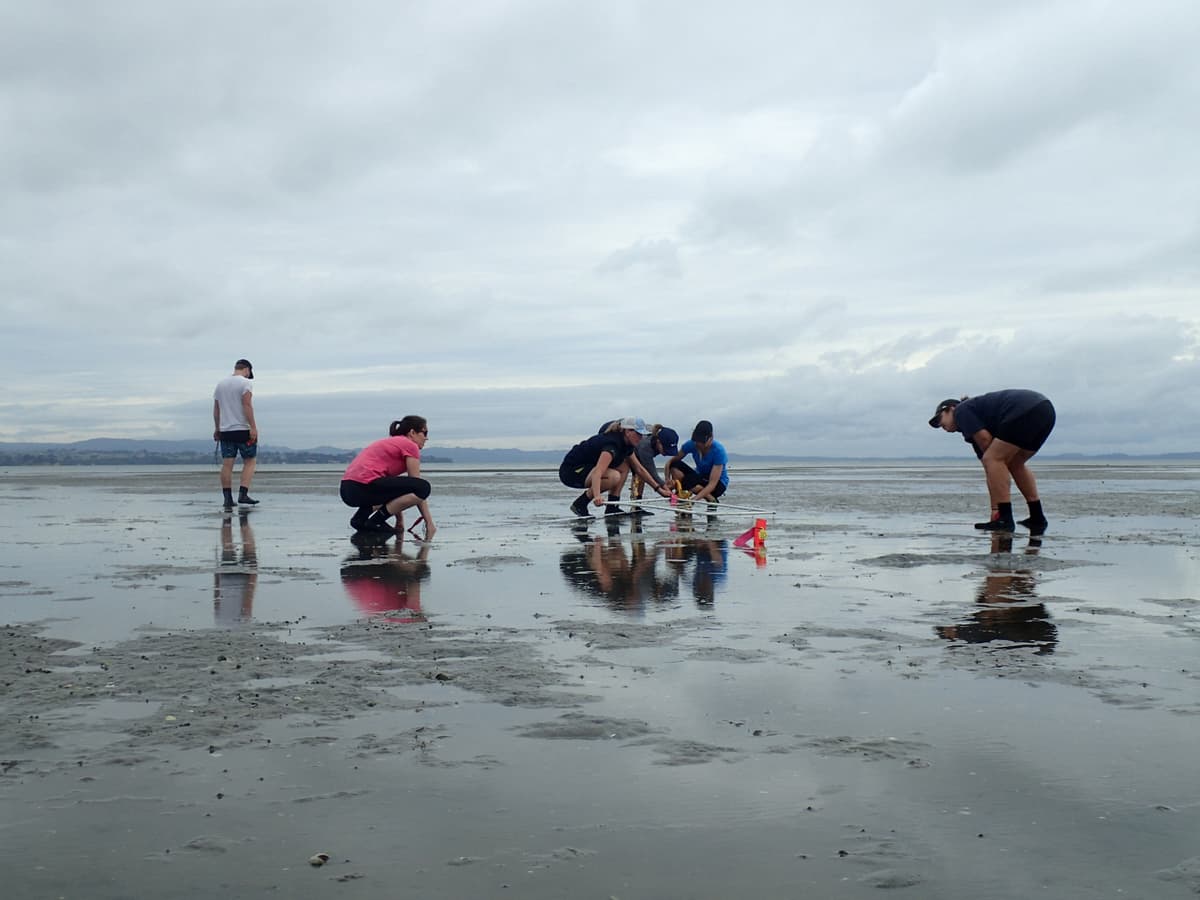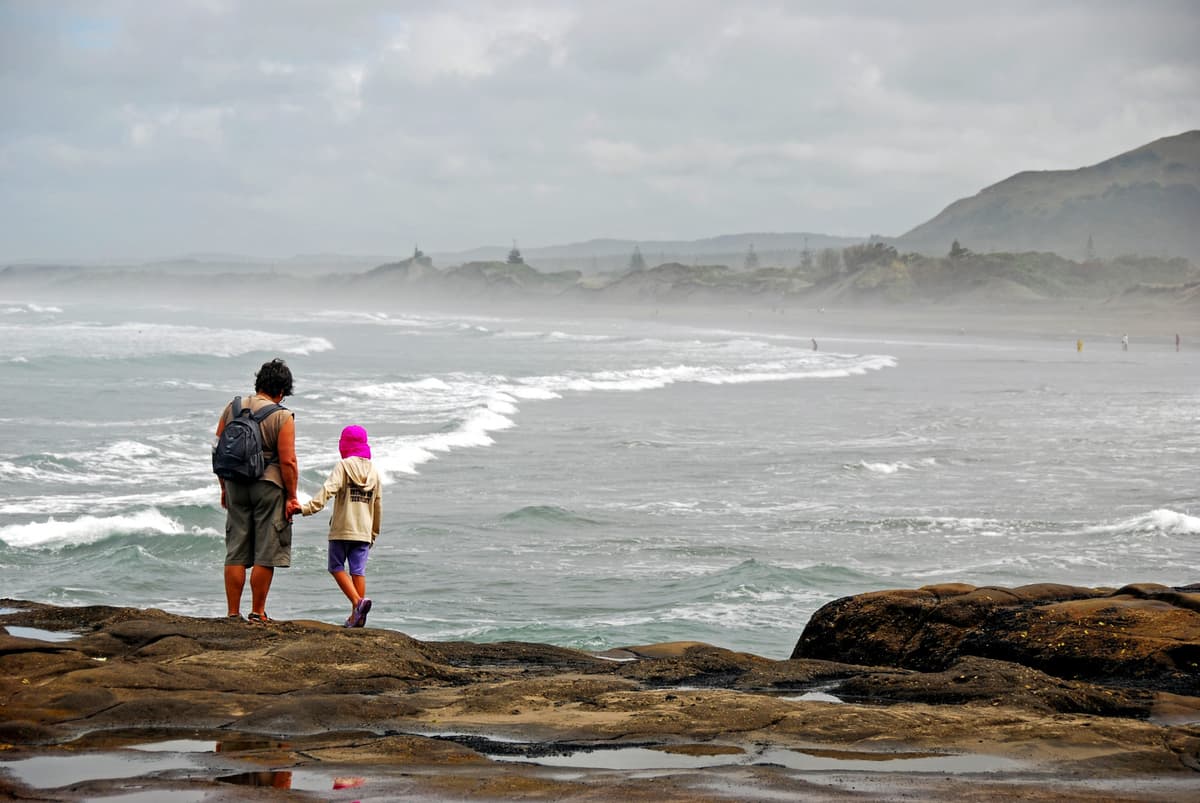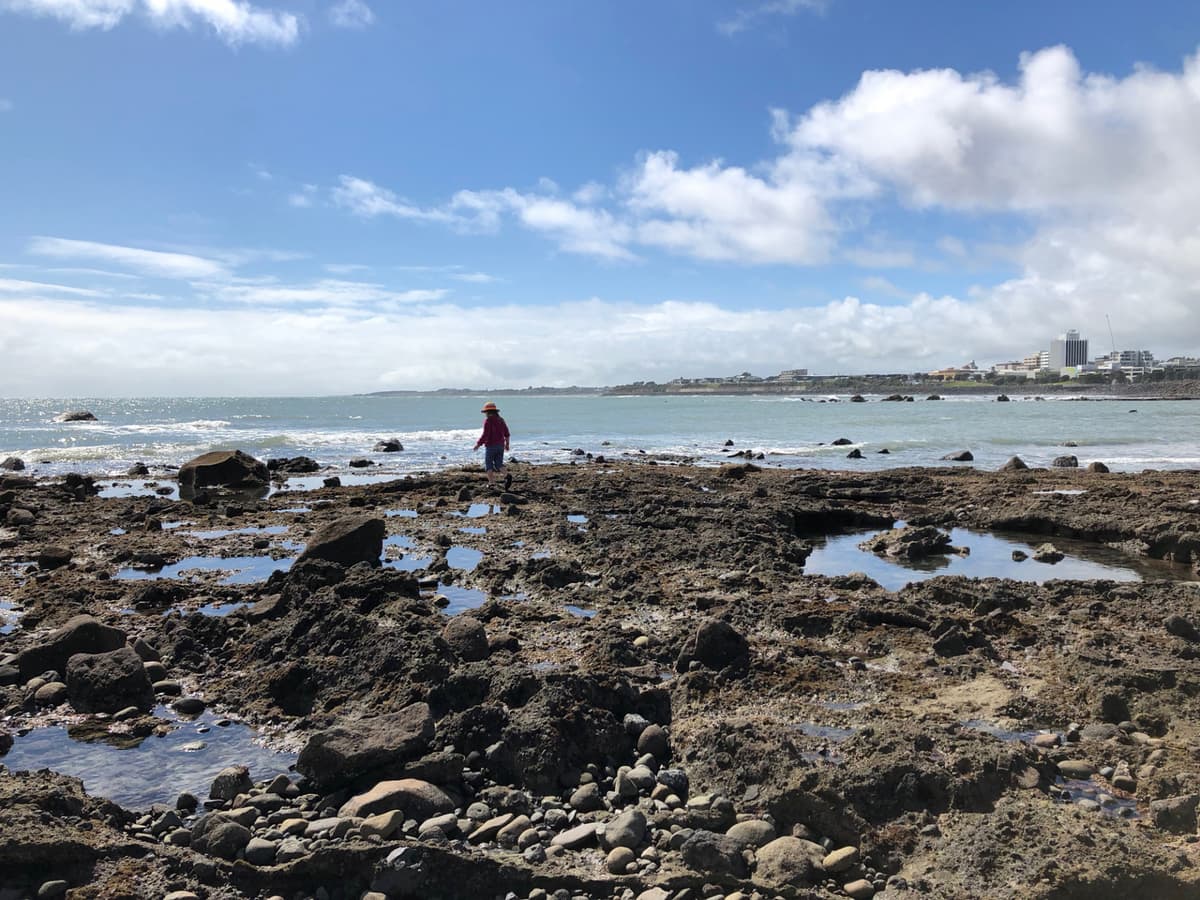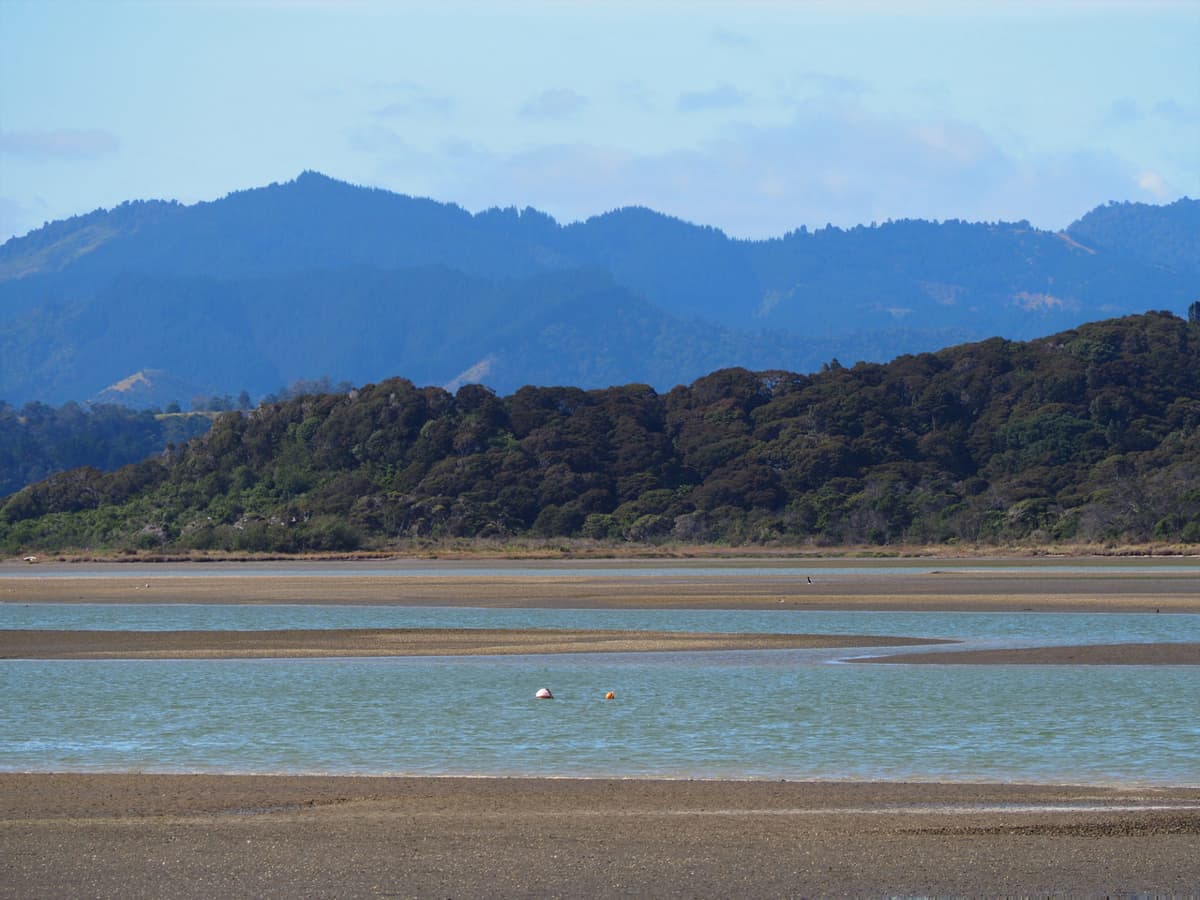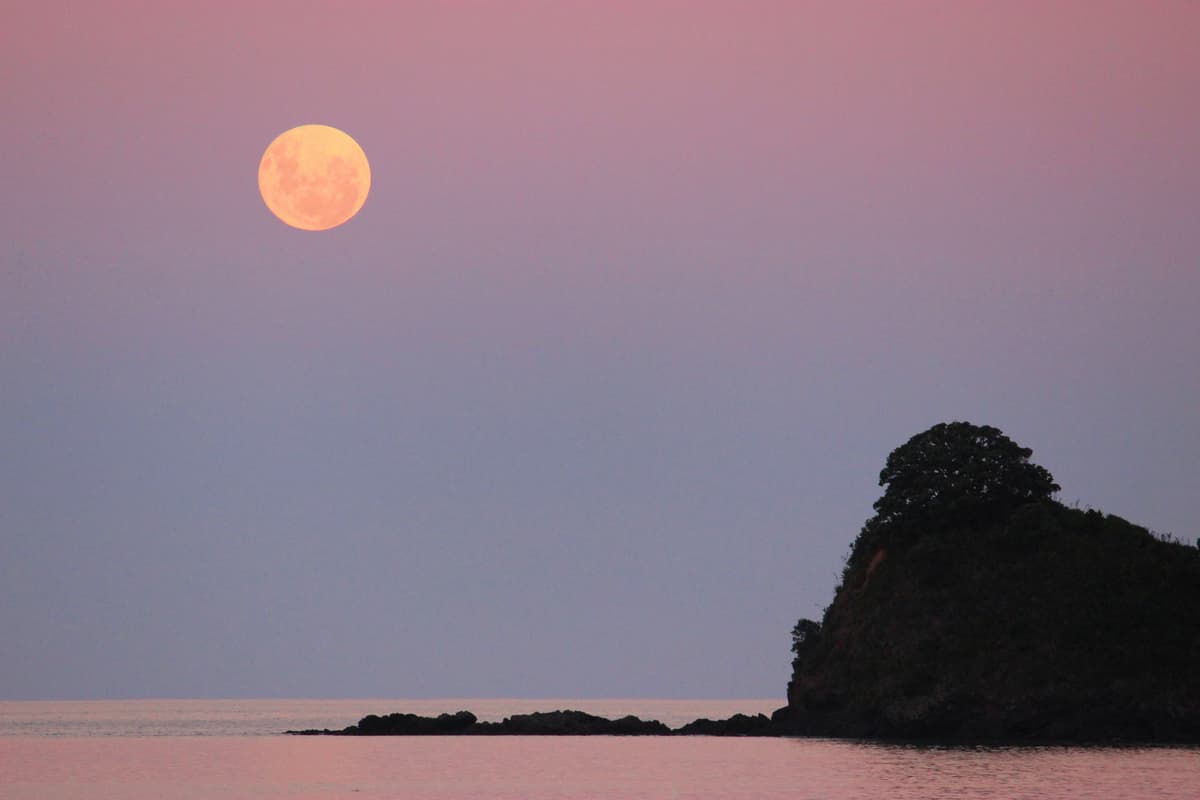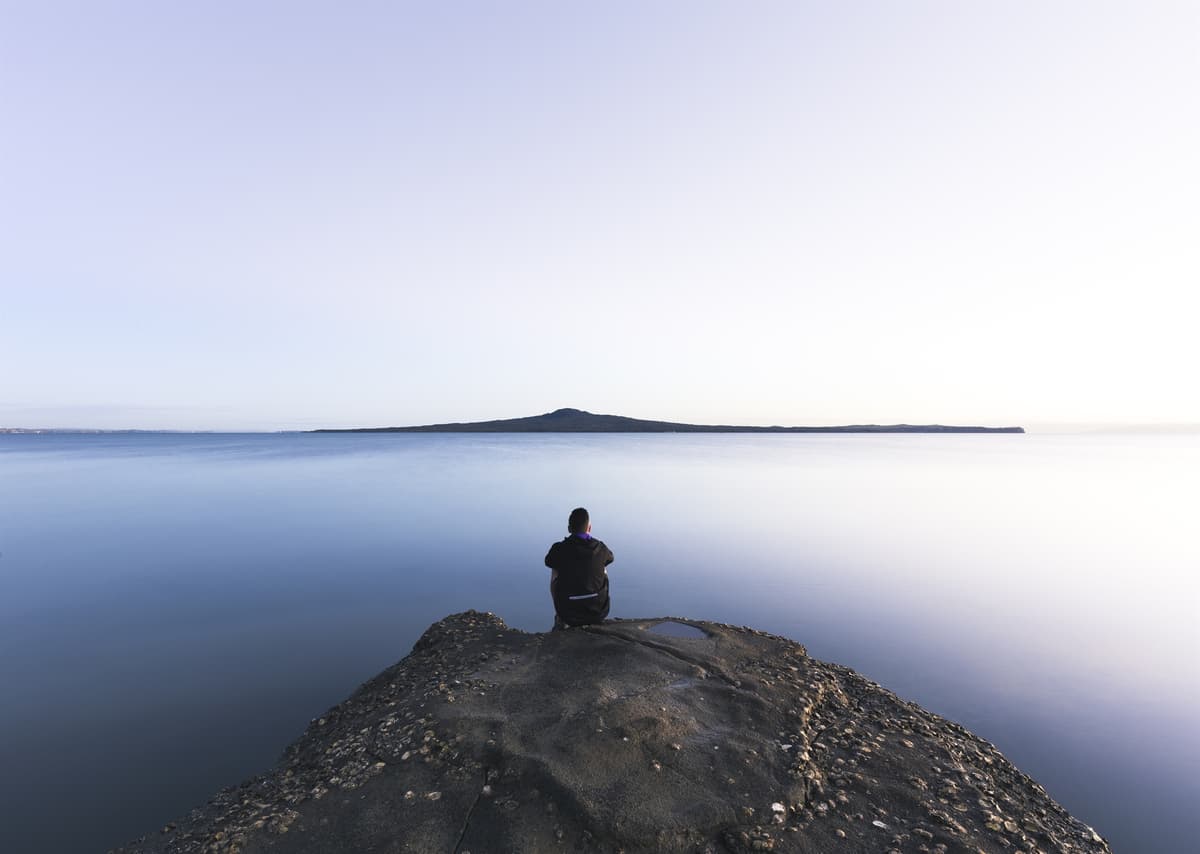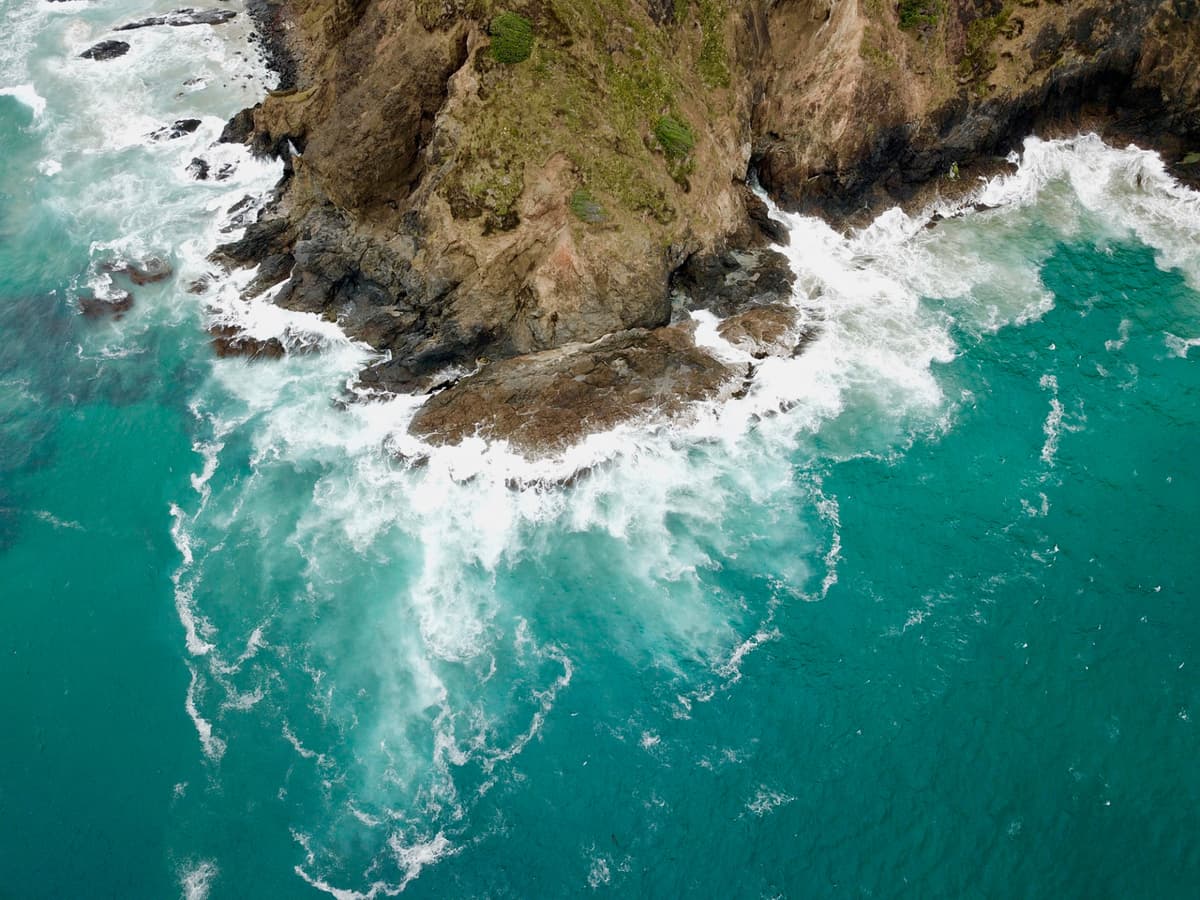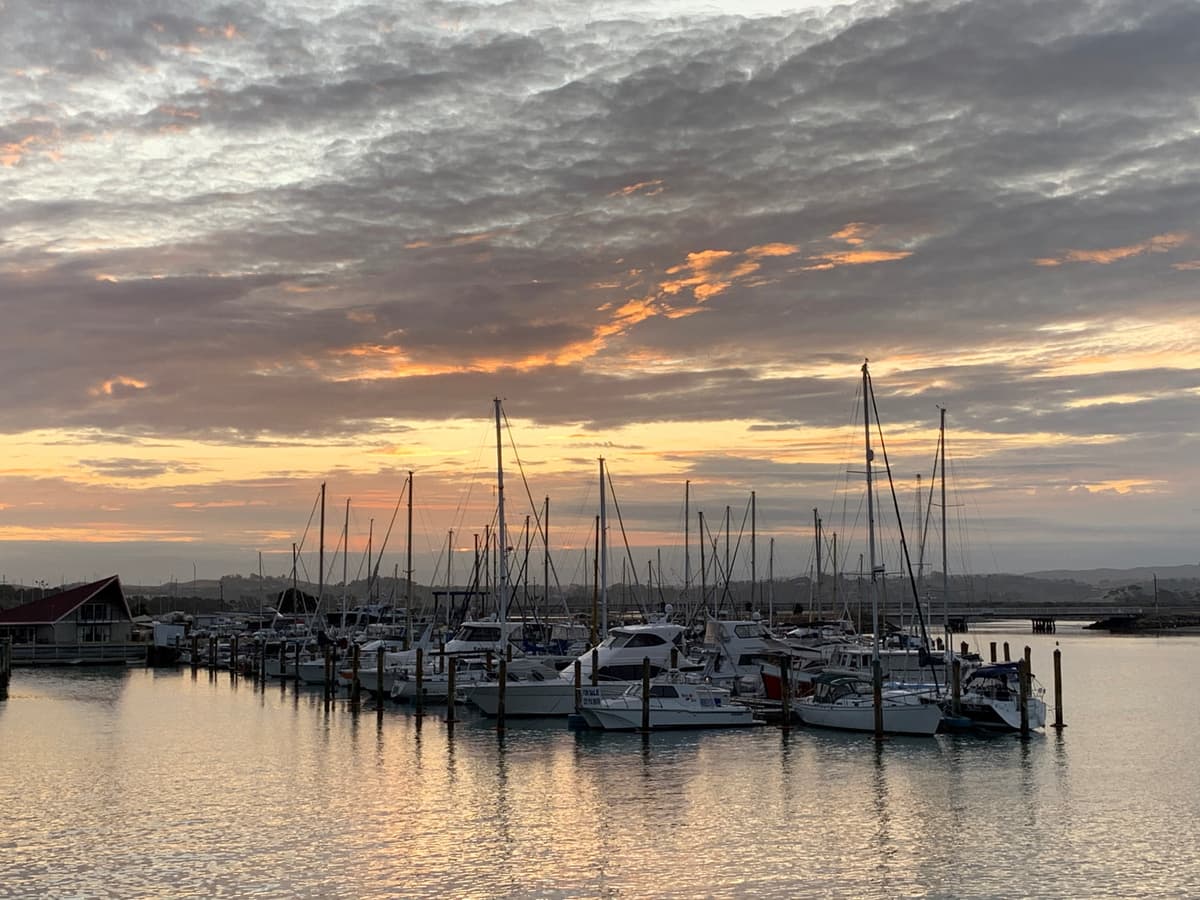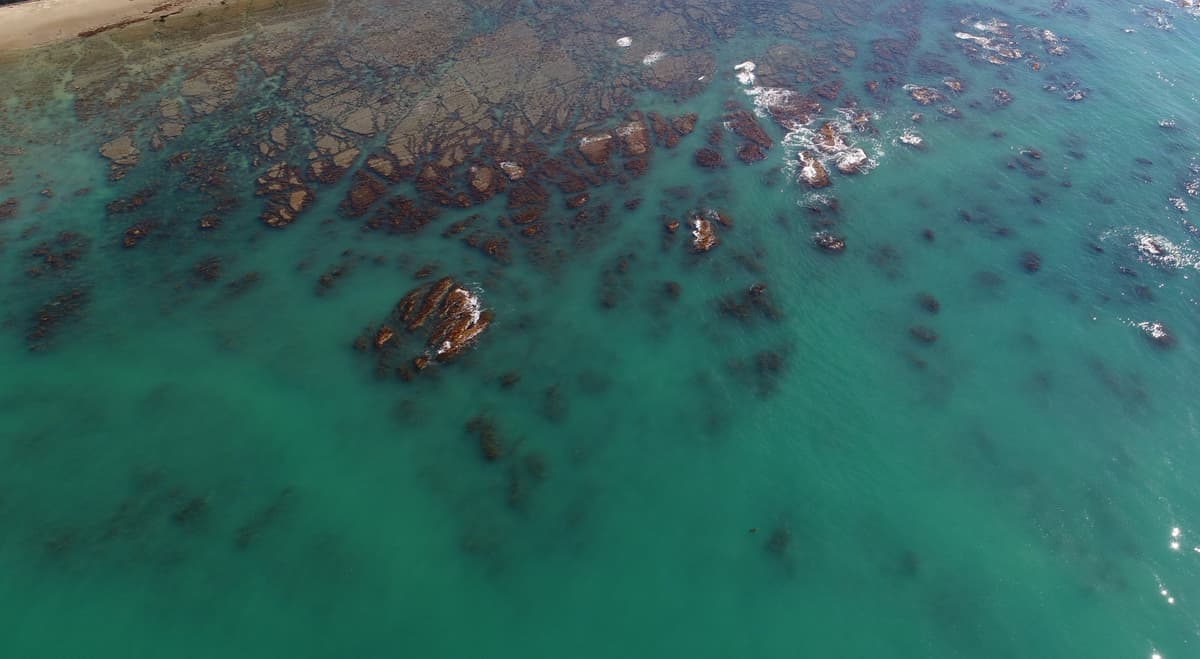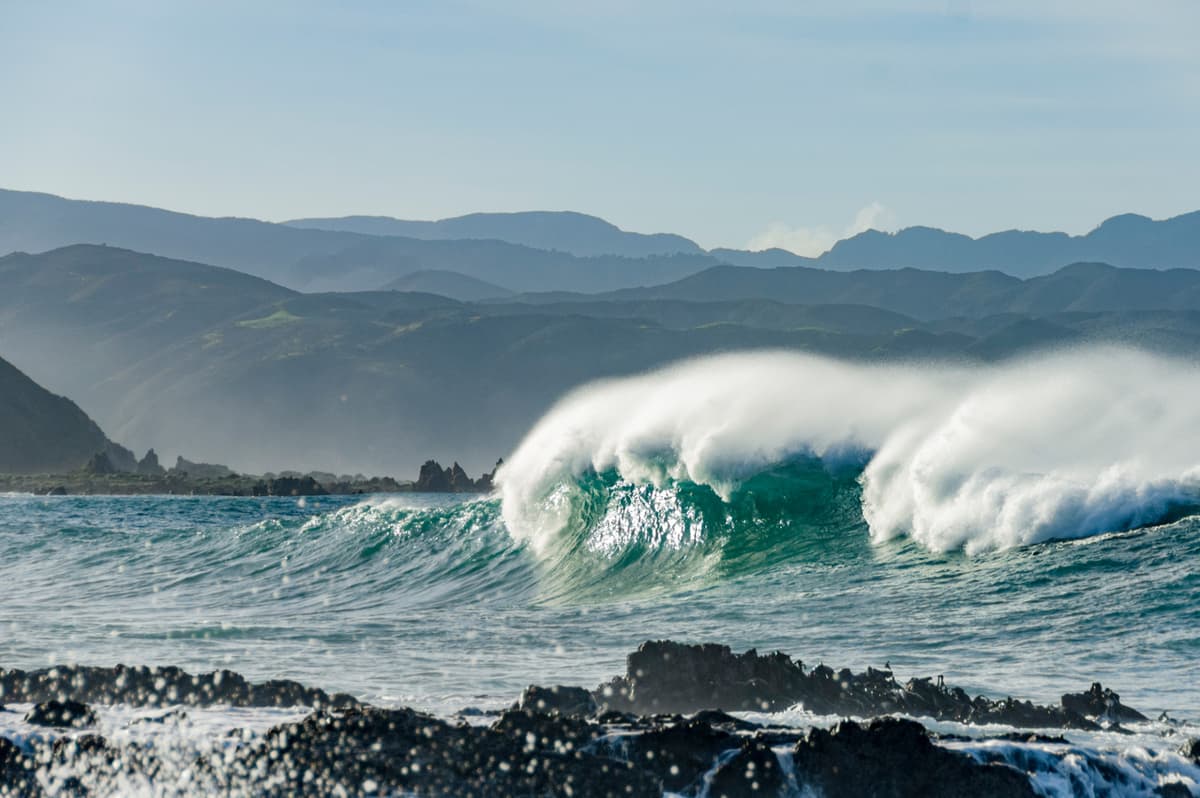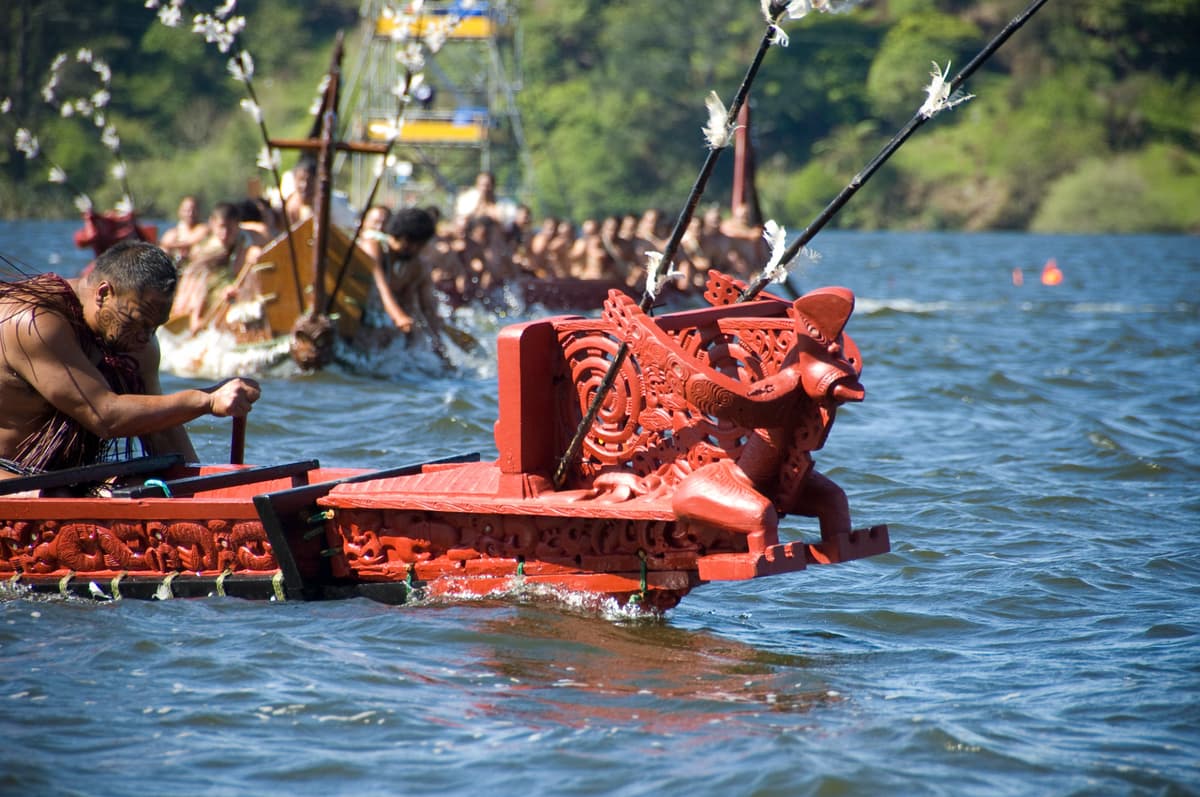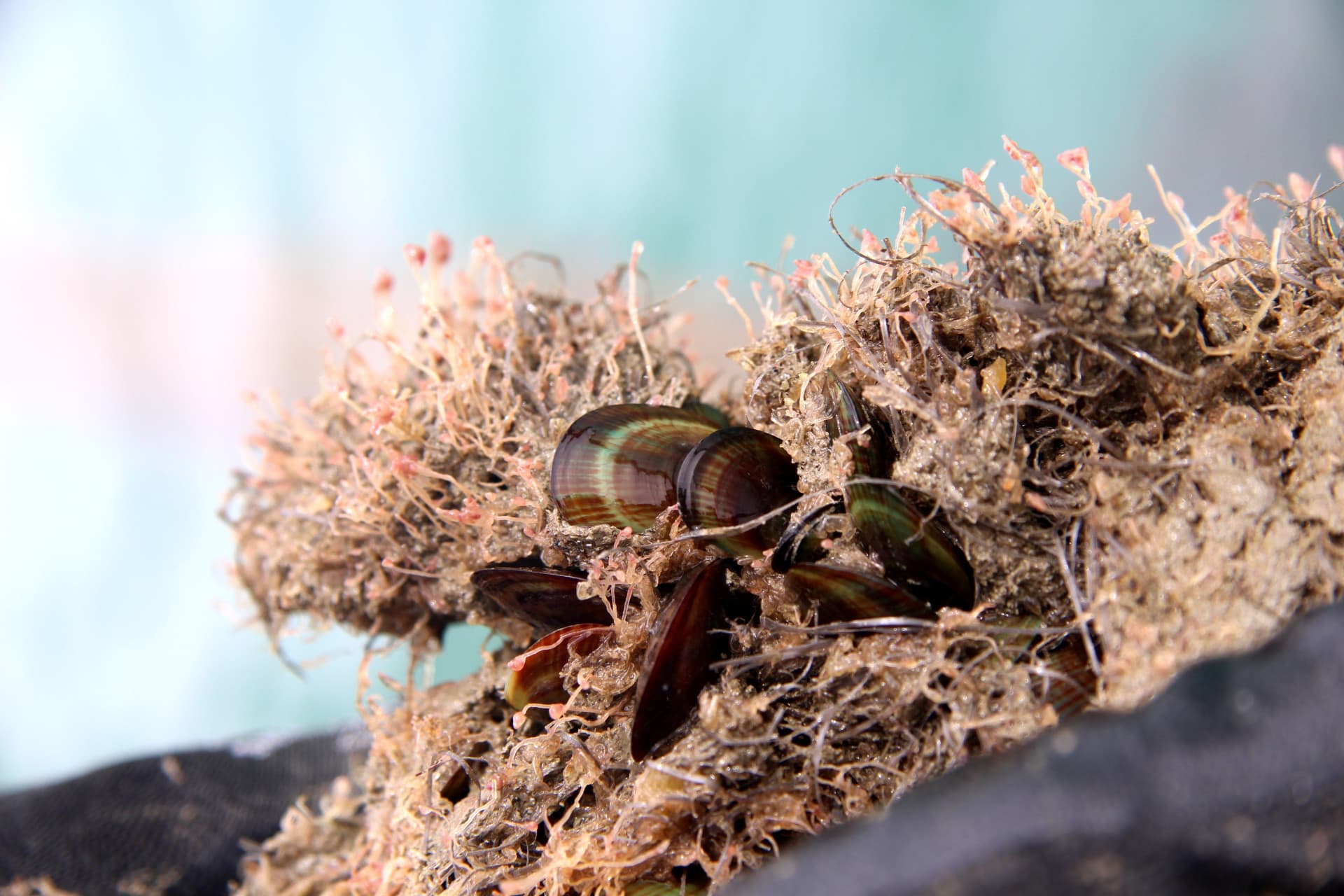

This project combines mātauranga Māori, science and local kaitiakitanga to better understand the culturally and socially important species in Ōhiwa Harbour.
| Project Leader | Duration | Budget |
|---|---|---|
| Kura Paul-Burke (University of Waikato) & Richard Bulmer (NIWA) | April 2020 – June 2023 | $1,073,700 |
This research will bring together mātauranga Māori and science to investigate habitat connectivity as it applies to the unique social, cultural and ecological context of Ōhiwa Harbour. Specifically, this will help better understand the degrading harbour and promote recovery of the once abundant mussel reefs and shellfish of Ōhiwa Harbour.
The key aim is to co-develop and co-produce marine research that actively positions tikanga and mātauranga Māori as a fundamental approach alongside science for present and future generations.
The other research aims are:
This project has been co-developed with hapū/iwi of Ōhiwa harbour. It is supported by the Bay of Plenty Regional Council and the seven partners of the co-management Ōhiwa Harbour Implementation Forum. This project has arisen from the issues, challenges, actions and aspirations of Māori and is grounded in Whanaungatanga the principle of working in meaningful, genuine collaboration to influence how mātauranga Māori and science principles and practices are translated operationally in ways that recognise cultural values, knowledge systems and opportunities.
How it relates to the Challenge
The bringing together of different knowledge systems to improve decision-making capabilities using a kaitiakitanga-based approach to EBM actively support the Challenge objective: To enhance utilisation of our marine resources within environmental and biological constraints.
Kura Paul-Burke (University of Waikato)
Richard Bulmer (NIWA)
Shaun Ogilvie (Eco Research Associates Ltd)
Conrad Pilditch (University of Waikato)
Joe Burke (MUSA Environmental)
Megan Ranapia (University of Waikato)
This project has produced or contributed to:
